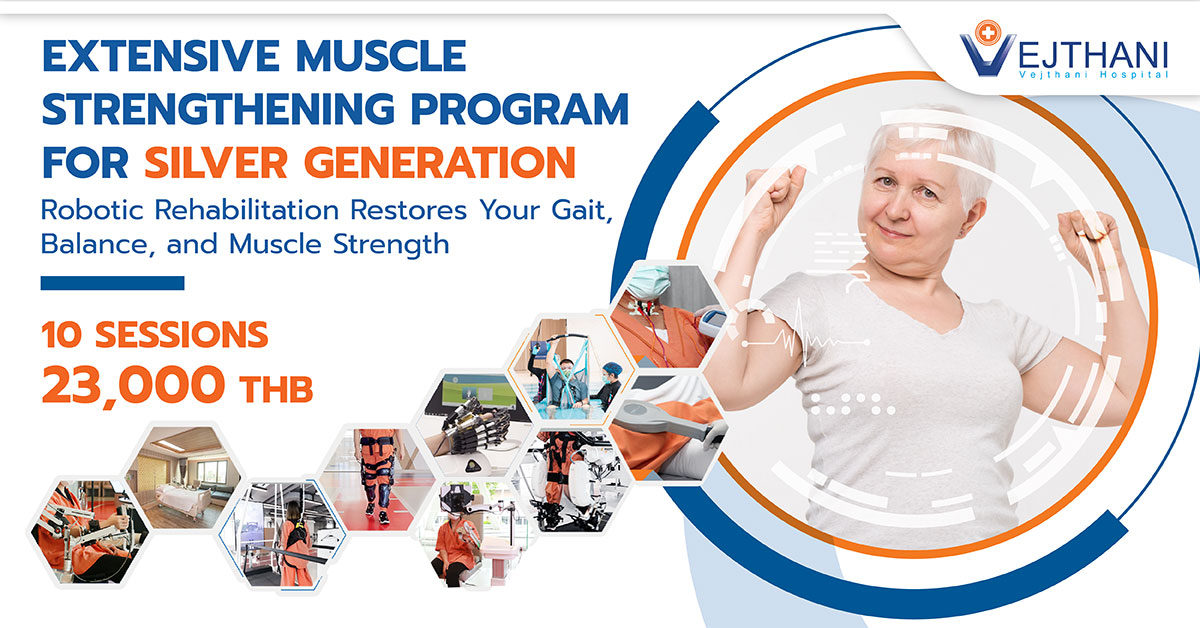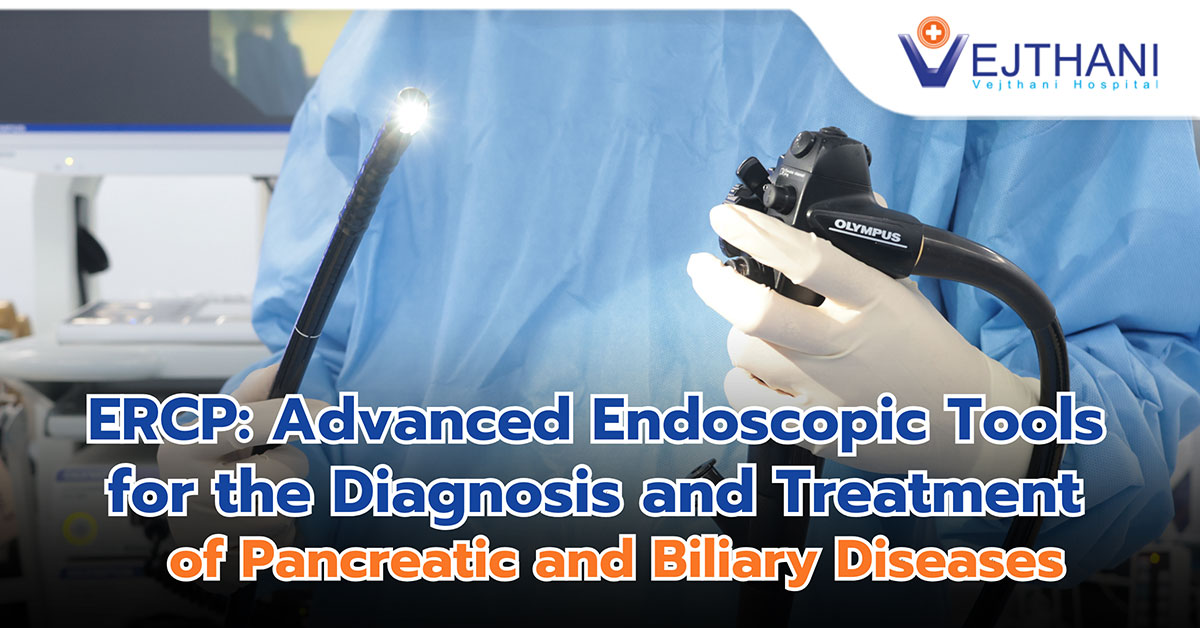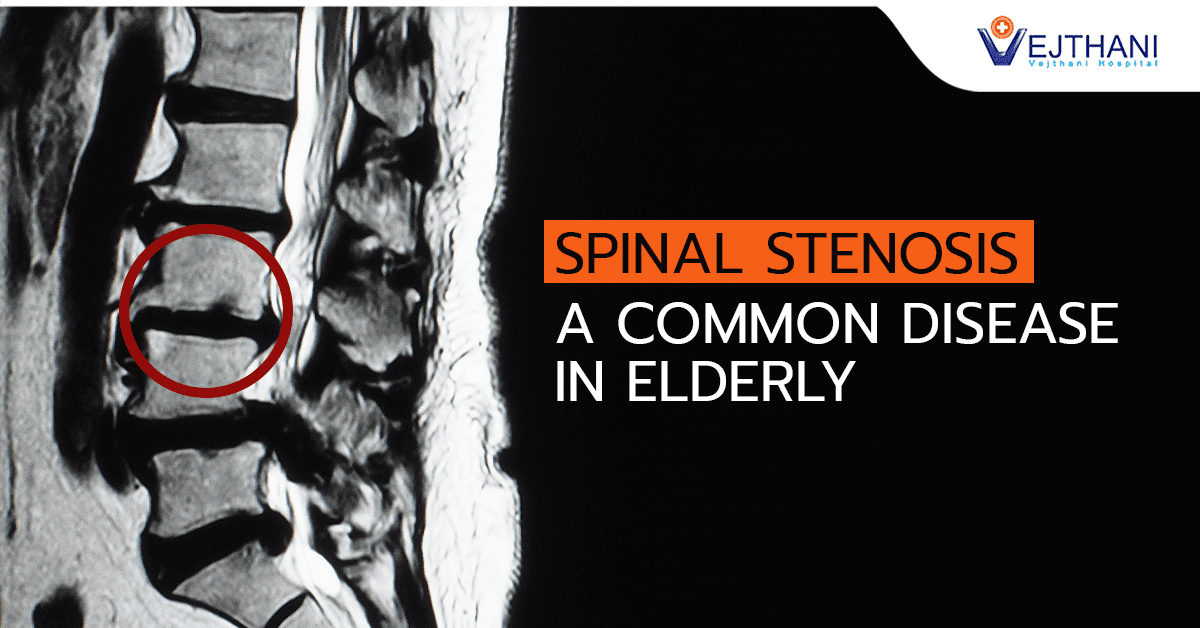
Quadriceps tendon tear
Diagnosis
Medical history and physical examination
Your general health and the symptoms you’re having will be discussed with your doctor. Inquiries concerning your medical background will also be made. You could be required to give details such as a history of quadriceps or anterior knee ligament damage, previous quadriceps tendinitis, or any medical issues that could make a quadriceps injury more likely.
Your doctor will examine your knee carefully after going over your symptoms and medical background. Your doctor will do a test to see how well you can extend, or straighten, your knee in order to pinpoint the precise reason of your problems. Although this aspect of the examination can hurt, it is crucial to find a quadriceps tendon tear.
Imaging tests
Your doctor could request imaging exams like an X-ray or Magnetic Resonance Imaging (MRI) scan to help them make the diagnosis.
X-rays. When the quadriceps tendon tears, the kneecap shifts out of position. An X-ray of the knee taken from the side usually makes this quite clear. These X-rays alone are frequently able to detect complete rips.
An MRI scan creates better images of soft tissues, like the quadriceps tendon, than an X-ray. An MRI can show the amount of tendon torn and the location. Sometimes, an MRI is required to rule out a different injury that has similar symptoms or to distinguish a partial tear from a complete tear.
Treatment
When determining your course of therapy, your doctor will take into account your age, level of activity, and the type and size of your tear, among other factors.
Nonsurgical Treatment
Wearing a brace and engaging in physical therapy are the most frequent nonsurgical treatments. The majority of minor, partial tears heal well without surgery.
Immobilization. Your physician could advise you to use a brace or knee immobilizer. Your knee will stay straight as a result, promoting healing. Crutches will probably be necessary to prevent you from placing all of your weight on your injured leg. For three to six weeks, you can anticipate wearing a knee immobilizer or brace.
Physical therapy. After the initial pain and swelling have subsided, you can begin physical rehabilitation. You can regain your leg’s strength and range of motion by performing specific exercises.
Quadriceps strengthening exercises such as straight leg lifts are frequently the focus of physical therapy programs.
Your brace will progressively be taken off over time, allowing you to move more freely and with a wider range of motion. When it is safe to resume playing sports or engaging in other physical activity, your doctor will talk about it with you.
Surgical Treatment. If you have a large partial tear or tear associated with tendon degeneration, you may need surgery to repair the torn tendon. People who require surgery do better if the repair is performed soon after the injury. Early repair may prevent the tendon from scarring and tightening into a shortened position.
Alternate technique. As an alternative, surgeons may repair the tendon to the bone using suture anchors. Using this method, the surgeon uses tiny metal implants known as suture anchors to secure the tendon to the bone. The surgeon can avoid drilling holes in the kneecap by using these anchors.




















